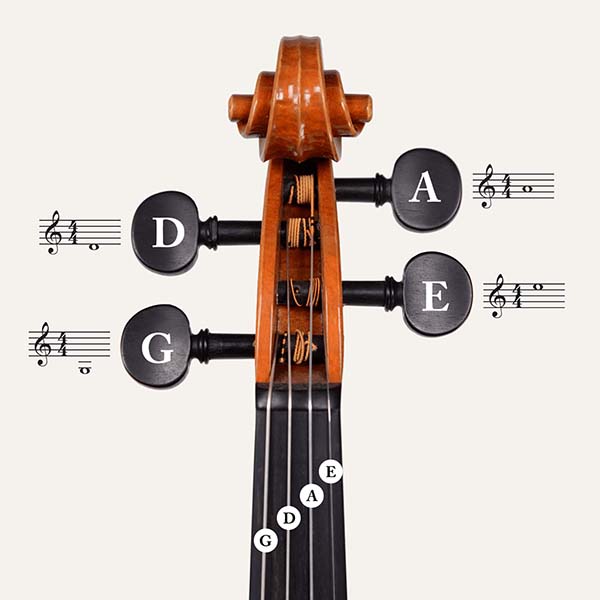By Jasmine Reese - In every string student's education, we must come to terms with one truth about our left hand. It has a major weakness -- the fourth finger.
Not everyone is the same, however. Some people have long, short, chubby, thin, proportional, uniform or other types of fingers. We all face our own challenges as anatomical characteristics vary from person-to-person.
But, most students agree that the fourth finger often requires a bit more attention to develop strength and dexterity.
Here are a few tips to make sure your fourth finger is both strong and healthy.
Find the Most Comfortable Hand Position and Posture

First, you'll want to discover what the most comfortable hand position is for you based on your anatomy. If you have a long pinky, your elbow and thumb might rest someplace differently from a person with a shorter pinky.
The most important thing to keep in mind -- there must not be any locking of the knuckle joints and tension in the hand. A locked finger or strain in your hand are signs of a problem. This could lead to pain or other injuries.
While a curved pinky is a goal for most string musicians, it might not happen for everyone. A flexible and strong pinky is the main focus - one free from tension and dexterous in movement.

Exercises
Use your fourth finger as often as the opportunity presents itself - in shifts, vibrato, and in position.
Make sure when the fingers drop, they fall with power, but as little force as possible. Let your finger fall and drop without too much effort.
When it does hit the fingerboard, the pitch must be accurate. Train your fingers to hit the right notes. For the fourth finger in the first position, you can use the adjacent open string to tune the fourth finger.
Use a metronome to practice dropping and lifting the fourth finger. At each speed, the fourth finger should hit the same intended spot.
Ètudes that focus specifically developing trills and finger dexterity will also be a necessary item on your daily practice regimen.
In addition, plucking the strings with your left-hand pinky will strengthen it. Once again, use a metronome to increase the speed, starting at a slower tempo.
Remember, while working on these exercises, always take breaks and do not push your body to the point of injury.






